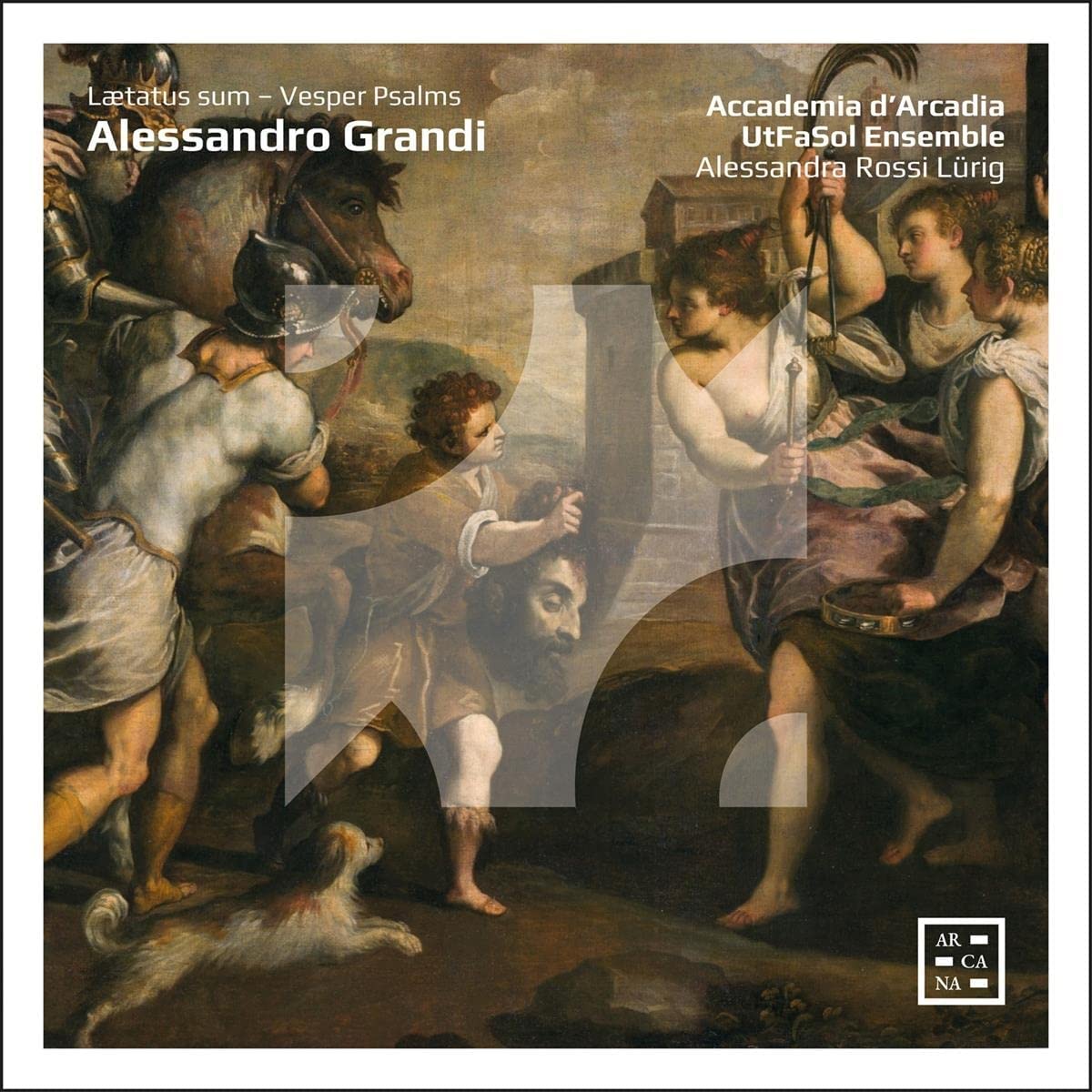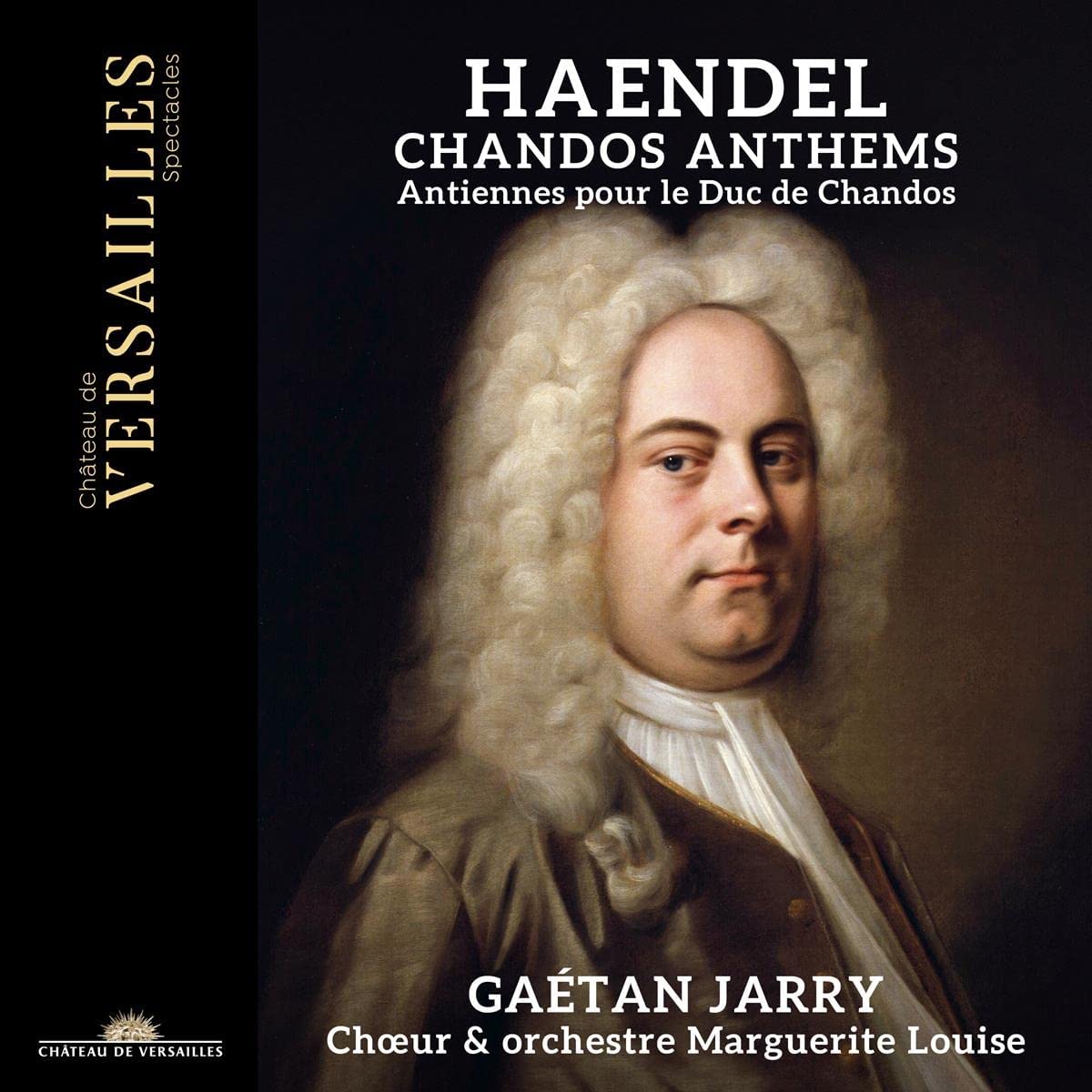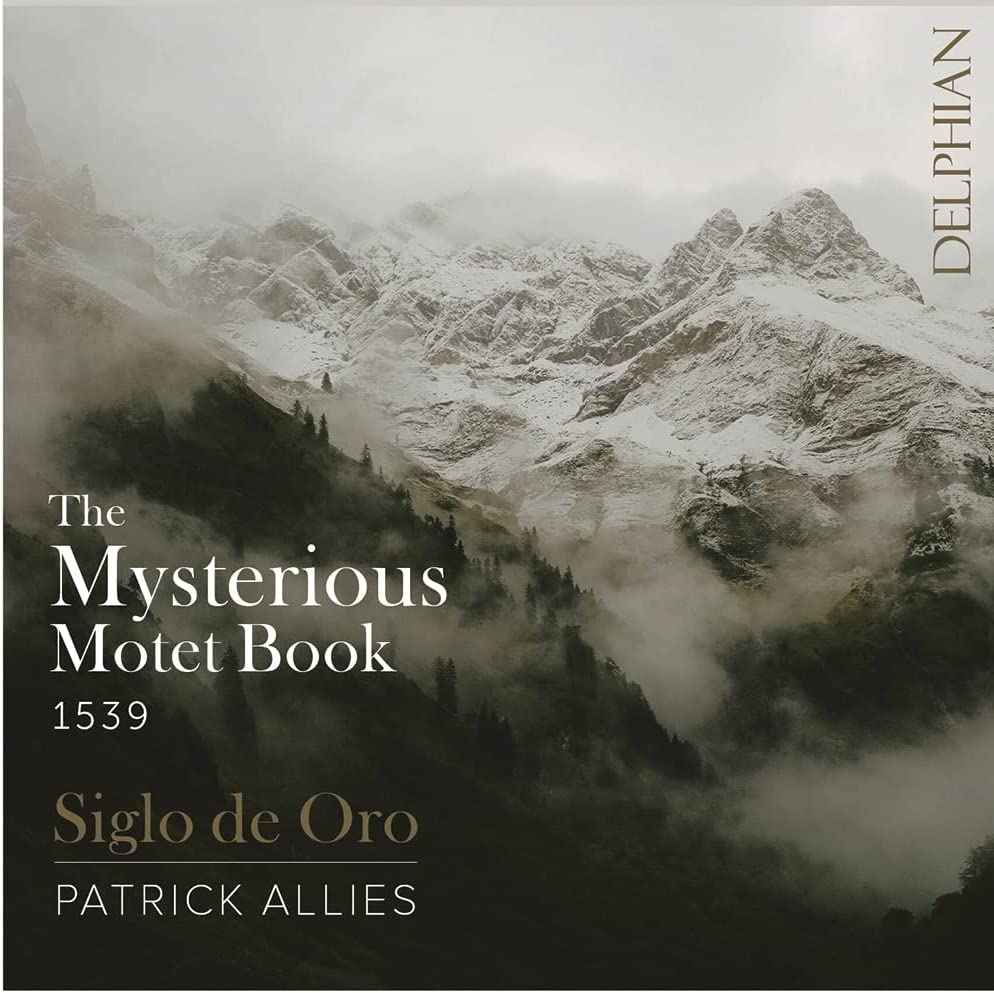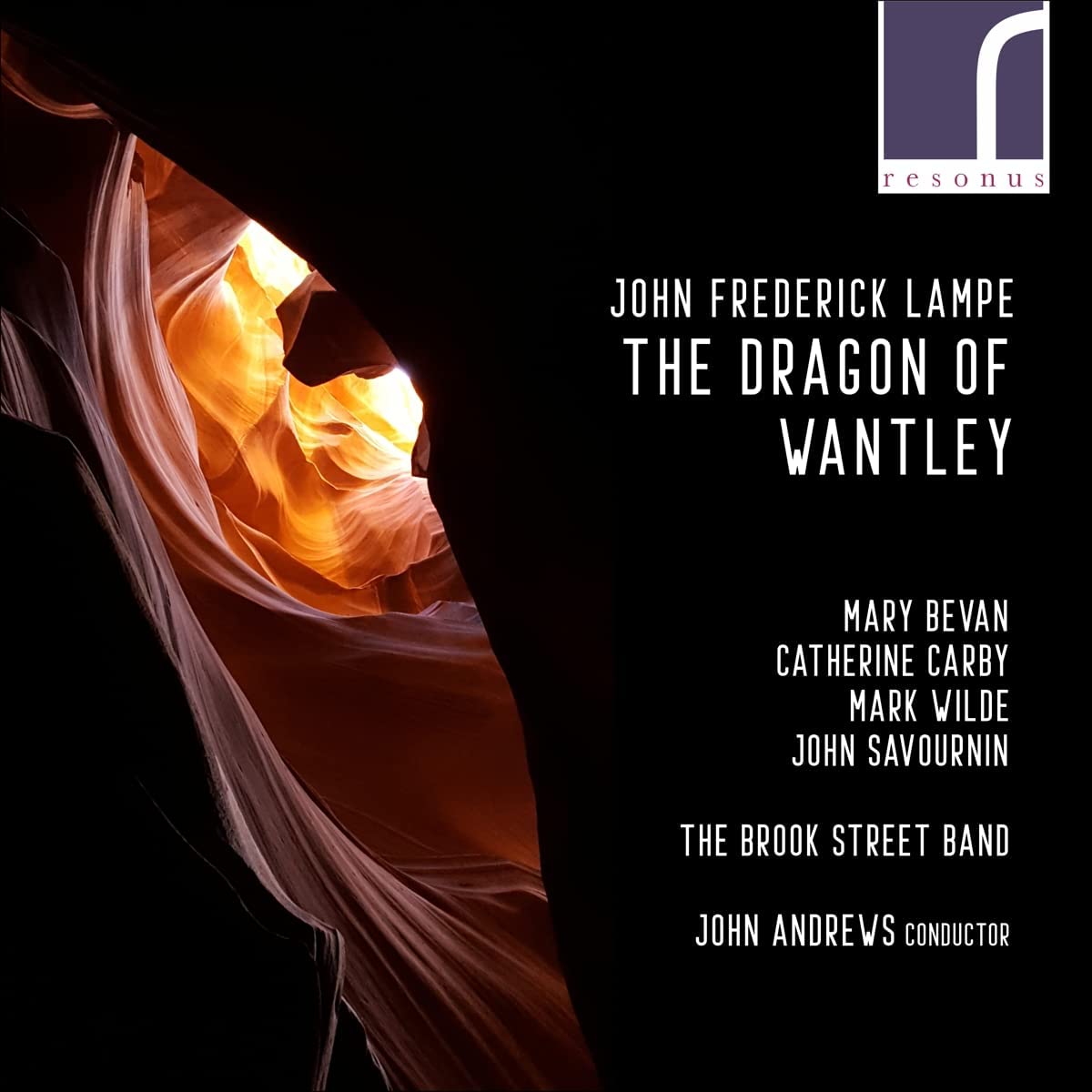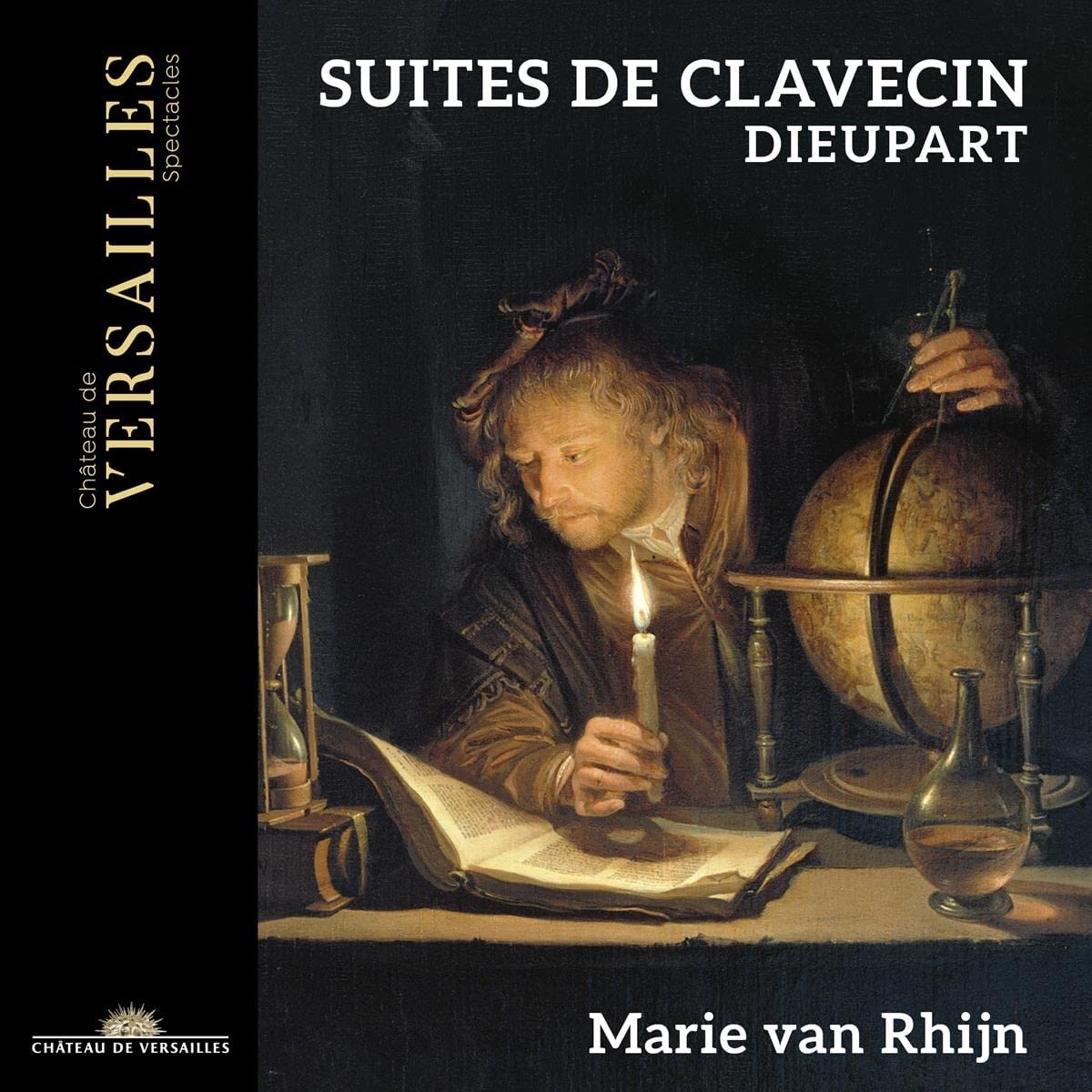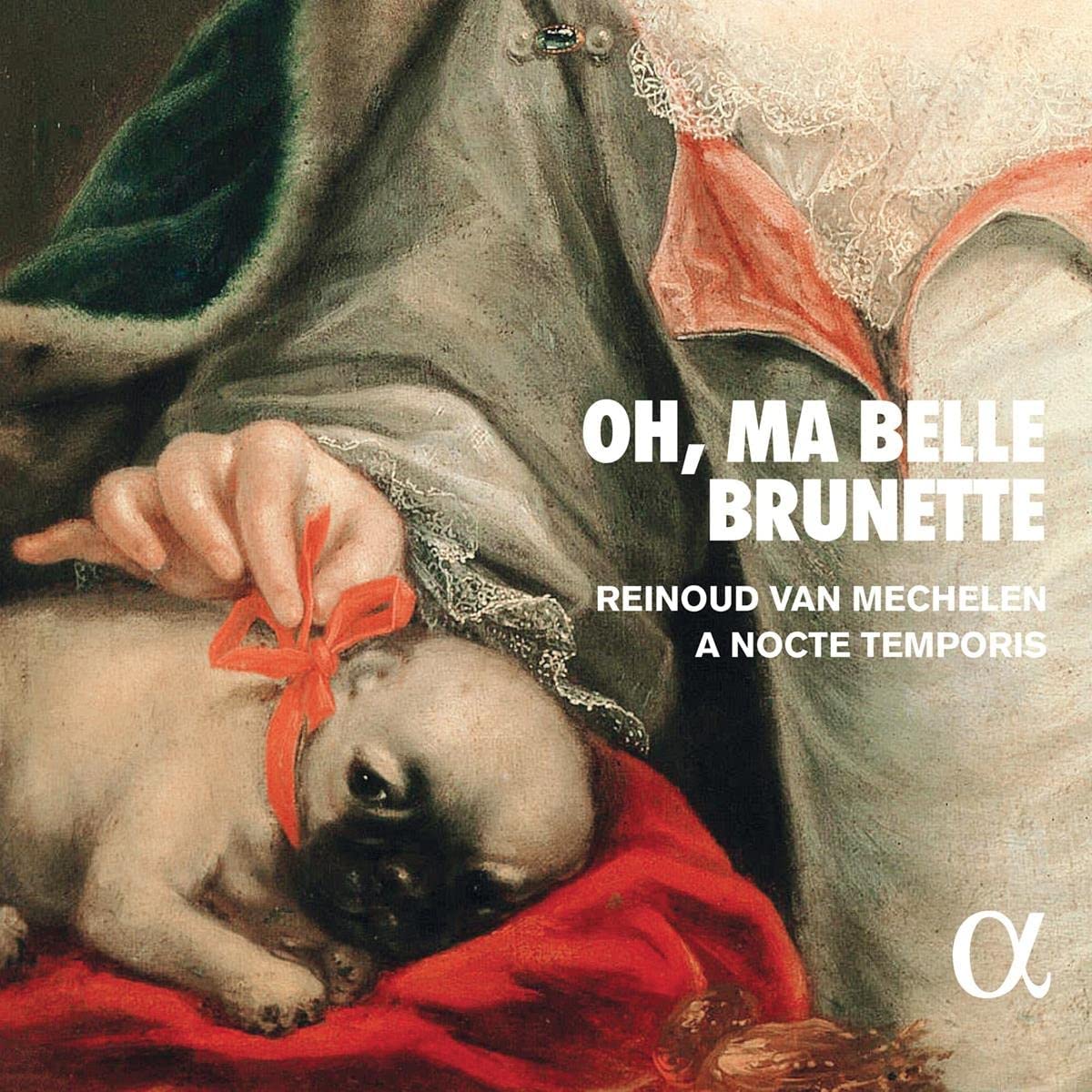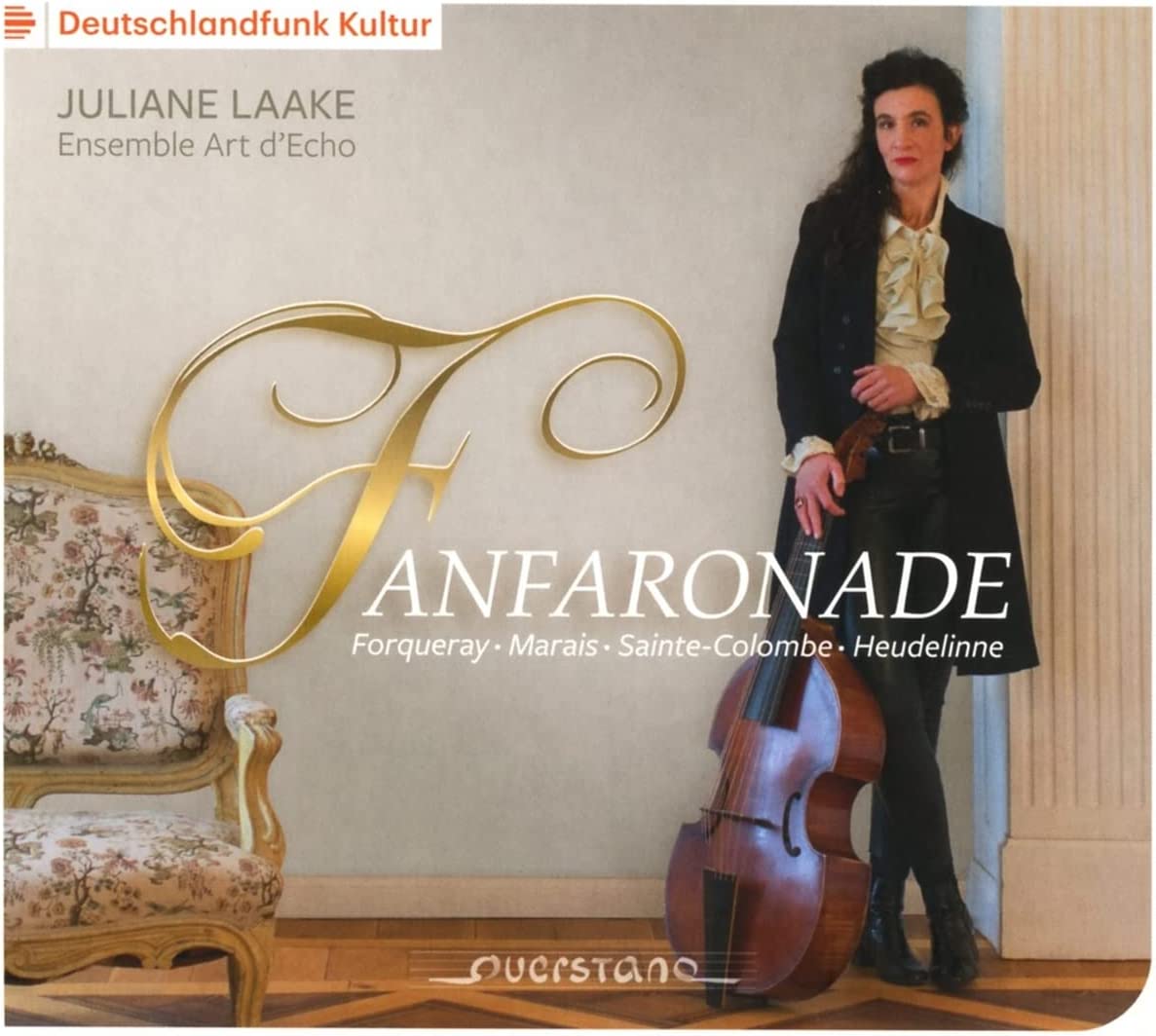Dan Laurin, Anna Paradiso, Mats Olofsson
70:20
BIS 2555 SACD
At a cursory glance, these works seem like more “Coals to Newcastle” for the cognoscenti! Many have been covered by some of the early pioneers of Baroque recorder, notably Frans Brüggen way back on his noteworthy Teldec series (with LP extractions!); indeed, this very selection of works almost echoes that much older CD found on dusty library shelves. More recently, the exact works appeared on Erik Bosgraaf’s very fine Brilliant Classics disc (95247). They do almost feel like musical “stepping stones” before touching upon the fuller concerti for this instrument by this composer and others. It is a modest surprise that tsuch a seasoned player as Dan Laurin tackles these fairly deep into his highly reputable career, and this he does with his customary musicianship. Some can make these works sound rather perfunctory, uninspired, lacklustre. Here we have the perfect understanding of the phrasing and dynamics that pushes the melodic line along just enough without becoming an outrageously keen machine-gun or conversely, a flat, exsanguinated dud. The booklet notes alone are enlightening in many respects, showing Laurin to be an intelligent and thoughtful musician. He has fully grasped the musico-linguistic side to Telemann, which responds to, and uses rhetorical devices. The two sonatinas with their basslines restored offer an introspective and perfect vehicle for the splendid trio of musicians here. The basso continuo unit is bright, fluid and responsive, complementing not smothering the recorder. The neat journey through these works, again thoughtfully arranged with the two C-major pieces to open and finish. Both the F-minor pieces are fairly well known, especially TWV 41:f1 with its recognizable Triste first movement (even bassoonists have lifted this piece!) To round-up, if you don’t already have a full set of Der getreue Music-Meister (1728-9) or the full Essercizii Musici (1739-40), or the Brilliant Classics recording mentioned above, then this balanced, elegant recording offers a selection of these almost “rites of passage” works, before embarking on the more expansive recorder repertoire! The recorded sound is gently engaging, fluid and elegant without over- or under-stressing, displaying the finer sides of these intimate pieces.
David Bellinger

